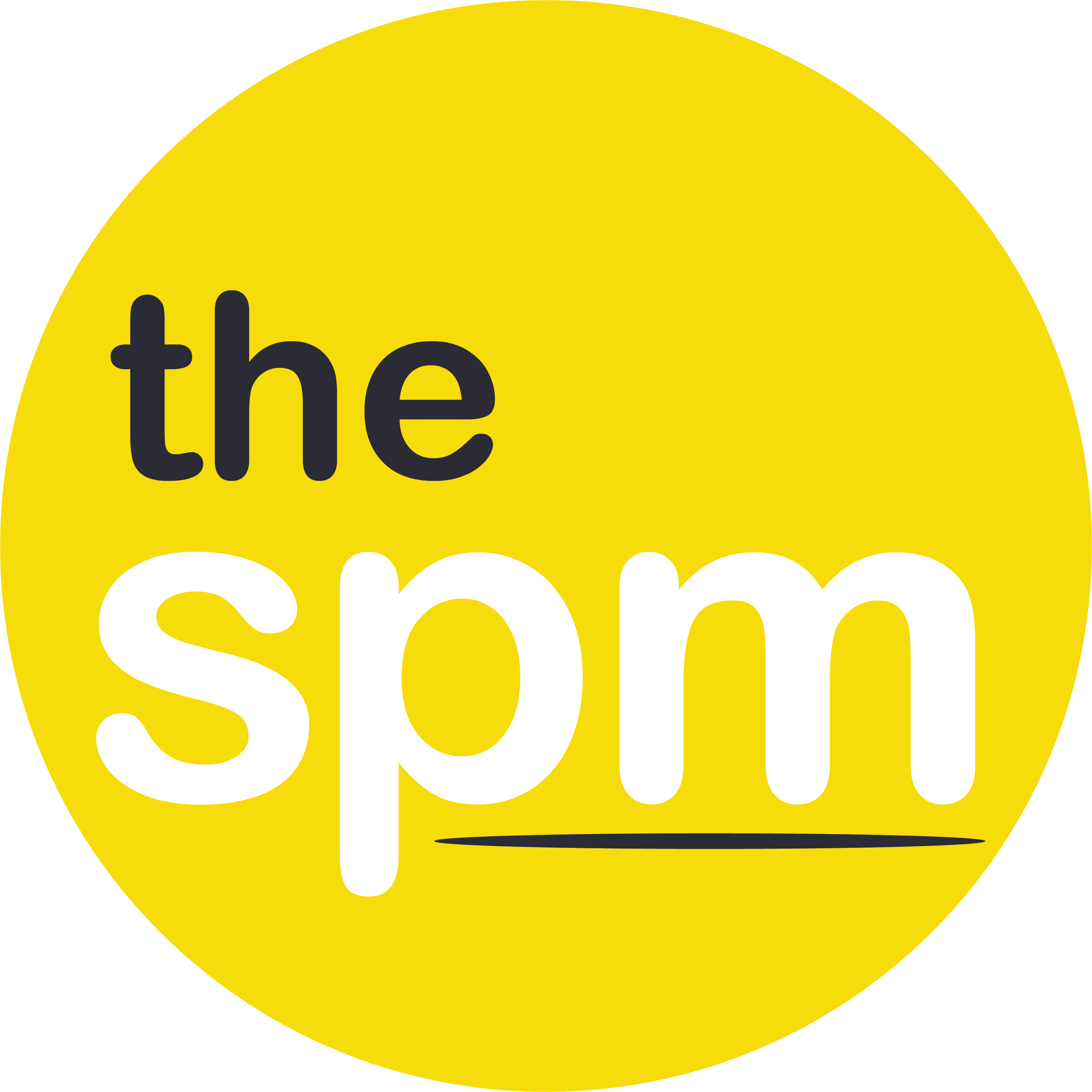KANBAN
Kanban, in Japanese, means signboard or billboard and is an approach (or a philosophy) inspired by the Toyota Production System. The Toyota production system or the Just-in-Time (JIT) system has the primary goal of continuously reducing or eliminating waste; this approach optimises production flows.
Kanban uses a visual control mechanism to track work throughout different stages. The Kanban board is crucial in this process.
Kanban is based on nine values – Transparency, Balance, Collaboration, Customer Focus, Flow, Leadership, Understanding, Agreement & Respect (if you’d like to read more about any of these values, I’ll leave a link for the Agile Alliance down below).
The Kanban board
A basic board can include just three columns (or lanes) to represent the work To Do, Doing, and Done. The tasks are represented on cards that team members can move across these columns, providing accurate (in time) information on the status of the tasks.
Nowadays, organisations have taken this basic Kanban board and have adapted it to its necessities. For instance, some examples of lanes could be design, development, or QA.
SCRUM and KANBAN
There is quite a lot of discussion about the differences between Scrum and Kanban in the industry. I’ve heard practitioners say that Kanban can be understood as a mini SCRUM (or as part of scrum), that Kanban doesn’t work, or that SCRUM is better. Well, I think it depends on how and for what each tool is used.
As we’ve explained in an article before, SCRUM:
- Divides the organisation into cross-functional, small, and self-organising teams to deliver work.
- Then it splits the work into small concrete deliverables.
- These deliverables will be split into small chunks of time (in sprints of 1 to 4 weeks).
- After each period of time (sprint), the team will run a retrospective to evaluate any point of improvement. Likewise, after every sprint, the team will have a “release” on a piece of work ready to use.
Kanban works a bit differently, it starts with the workflow:
- Visualise the workflow, and split the work into pieces where each item is a card.
- Use columns or lanes to represent where each card belongs within the workflow.
- Limit the “Work in Progress” – assign a limit (maximum amount of cards) for the work in progress per lane.
- Manage & enhance your flow by monitoring the board. To do this is necessary to have some metrics in place.
- Manage workflows explicitly – To increase the efficiency of your workflows, ensure the team is aware of all processes & procedures in place. Regularly review the steps within the flow to ensure they are as efficient as possible.
- Continuously improve – Once your team is set up and running on the Kanban system, they should be able to identify issues & provide feedback on the process to ensure maximum throughput.
As we can see, even if the approaches are similar they are not the same and in my experience, they work better in different scenarios.
KANBAN is an approach originated to improve manufacturing processes, for which it would make sense if it’s employed in operations or change management. Scenarios where we can’t predict 1 to 4 weeks for work for our teams but that use a similar process.
Kanban will allow us to have a backlog of incidents, changes, and other related work that we will assign to each lane, making sure there is a limit of work on each of them. The teams will work knowing what each of them is doing, what is coming, and what their priorities are. Kanban, in this case, will allow us to have the flexibility to better manage priorities as they come.
SCRUM could be a better fit on projects where we know we have a new product or service to build, and we can define the work that our teams will be working on within the next 1 to 4 weeks. SCRUM will give us the flexibility to deliver a big deliverable in small pieces of work, ensuring the project is on the right track.
References:
- Scrum alliance – links to scrum alliance
- Huang, Chun-Che, and Andrew Kusiak. “Overview of Kanban Systems.” International Journal of Computer Integrated Manufacturing, vol. 9, no. 3, 1996, pp. 169–189., doi:10.1080/095119296131643.
- Kniberg, H., Skarin, M., Poppendieck, M. and Anderson, D., 2010. Kanban and Scrum. C4Media.
- Sendil Kumar, C., and R. Panneerselvam. “Literature Review of JIT-KANBAN System.” The International Journal of Advanced Manufacturing Technology, vol. 32, no. 3-4, 2006, pp. 393–408., doi:10.1007/s00170-005-0340-2.
- Anderson, D. and Carmichael, A., 2016. Essential kanban condensed. Seattle, Wash: Lean Kanban University Press.
